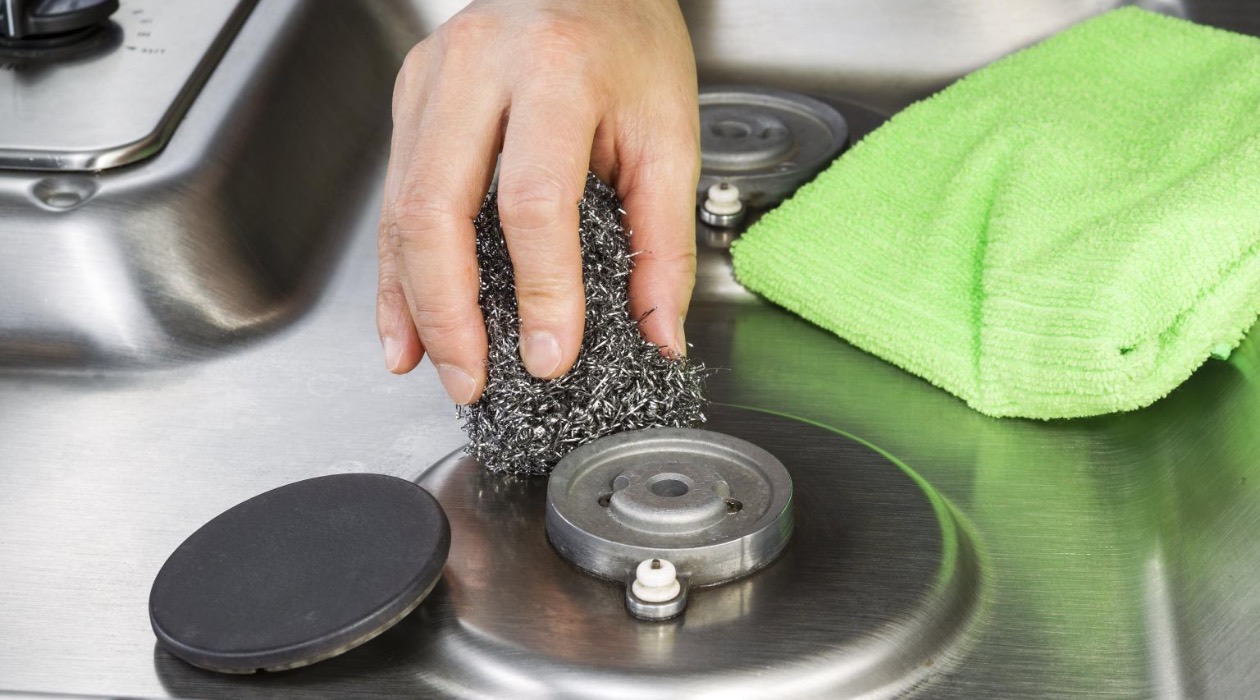

Articles
How To Remove Rust From Stove Top
Modified: December 7, 2023
Looking for articles on how to remove rust from your stove top? Check out our expert tips and tricks to get your stove looking brand new
(Many of the links in this article redirect to a specific reviewed product. Your purchase of these products through affiliate links helps to generate commission for Storables.com, at no extra cost. Learn more)
Introduction
Rust can be a frustrating issue on any appliance, and when it starts appearing on your stove top, it can be both unsightly and potentially damaging to your cooking surface. However, with the right knowledge and materials, you can easily remove rust from your stove top and restore its original shine.
In this article, we will guide you through a step-by-step process on how to remove rust from your stove top. We will also provide you with some essential safety precautions to follow before starting the cleaning process.
So, if you’re ready to tackle that pesky rust and bring back the beauty of your stove top, let’s get started!
Key Takeaways:
- Safety first! Before tackling rust on your stove top, ensure proper ventilation, use protective gear, and follow manufacturer’s instructions. By taking precautions, you can safely restore your stove top to its former glory.
- Prevention is key! After removing rust, keep your stove top dry, use coasters, clean spills promptly, and consider applying a protective coating. Regular maintenance will help you enjoy a clean, rust-free stove top for years to come.
Read more: How To Remove Rust From Stove Burners
Safety Precautions
Before you begin the process of removing rust from your stove top, it is important to take proper safety precautions. Here are some essential steps to follow:
- Ensure Proper Ventilation: Make sure your kitchen is well-ventilated by turning on the exhaust fan or opening windows. This will help disperse any fumes that may be released during the cleaning process.
- Use Protective Gear: Wear gloves and safety goggles to protect your hands and eyes from any chemicals or debris.
- Disconnect or Turn Off the Stove: Before you start cleaning, make sure your stove is unplugged or turned off. This will prevent any accidents or injuries during the process.
- Avoid Mixing Chemicals: If you are using a rust remover or any other cleaning solution, read the instructions carefully and avoid mixing different chemicals together. Mixing chemicals can create dangerous fumes or reactions.
- Keep Children and Pets Away: It is important to keep children and pets away from the cleaning area to avoid any accidental exposure to chemicals or sharp objects.
- Follow Manufacturer’s Instructions: If your stove top has specific cleaning instructions provided by the manufacturer, be sure to follow them accordingly to avoid any damage to the surface.
By following these safety precautions, you will ensure a safe and successful rust removal process for your stove top.
Materials Needed
Before you start removing rust from your stove top, gather the following materials:
- Rust Remover: Choose a rust remover that is suitable for your stove top material. Look for a product specifically designed for removing rust from metal surfaces.
- Protective Gloves: Wear gloves to protect your hands from any chemicals or abrasive materials.
- Scrubbing Pad or Brush: Use a non-abrasive scrubbing pad or brush to gently scrub away the rust without causing any damage to the stove top.
- Microfiber Cloth: This will be used to wipe away any remaining rust particles and to dry the stove top after cleaning.
- Water: You will need water for rinsing the stove top and for general cleaning purposes.
- Optional: Vinegar or Lemon Juice: If you prefer a natural cleaning solution, you can use vinegar or lemon juice mixed with water as an alternative to a commercial rust remover.
It is important to gather all the necessary materials before starting the rust removal process. This will help ensure smooth and efficient cleaning.
Step 1: Preparing the Stove Top
Before you begin the rust removal process, you need to properly prepare the stove top. Follow these steps:
- Clear the Stove Top: Remove any loose objects such as pots, pans, or utensils from the stove top. This will allow you to have better access to the rusted areas.
- Clean the Surface: Use a mild soap and warm water to clean the stove top surface. This will help remove any dirt, grease, or food residue that may be present. Dry the surface thoroughly before proceeding.
- Identify the Rust Affected Areas: Take a close look at your stove top and identify the areas where rust has formed. Note the size and severity of the rust patches. This will help you determine the best approach for removing the rust.
- Apply a Protective Layer: If there are any areas on the stove top that you want to protect from the rust remover, use masking tape to cover those areas. This will prevent the rust remover from interacting with those parts.
By preparing the stove top properly, you create a clean and safe surface for the rust removal process. This will enhance the effectiveness of the subsequent steps.
Step 2: Applying the Rust Remover
Once you have prepared the stove top, it’s time to apply the rust remover. Follow these steps:
- Read the Instructions: Carefully read the instructions provided with the rust remover you are using. Follow the recommended dilution ratio and safety precautions.
- Apply the Rust Remover: Using a sponge or a cloth, apply the rust remover to the rusted areas on the stove top. Make sure the rusted areas are well-covered with the rust remover solution.
- Let it Sit: Allow the rust remover to sit on the surface for the recommended amount of time specified in the instructions. This will give the solution enough time to penetrate and dissolve the rust.
- Avoid Overusing the Rust Remover: It’s important to use the rust remover in moderation. Applying excessive amounts can potentially damage the stove top surface.
During this step, the rust remover will work to break down the rust, making it easier for you to remove it in the next step. Be sure to follow the instructions provided with the rust remover product to achieve the best results.
Use a mixture of baking soda and vinegar to create a paste. Apply the paste to the rusted areas and let it sit for 15-20 minutes. Scrub with a sponge or brush, then wipe clean with a damp cloth. Repeat if necessary.
Read more: How To Remove Rust From Calipers
Step 3: Scrubbing the Stove Top
After allowing the rust remover to sit for the recommended time, it’s time to start scrubbing away the rust. Follow these steps:
- Wet the Scrubbing Pad or Brush: Moisten your chosen non-abrasive scrubbing pad or brush with water. This will help prevent scratching the stove top surface during the scrubbing process.
- Gently Scrub the Rusted Areas: Using light pressure, start scrubbing the rusted areas in a circular motion. Focus on one small area at a time, gradually removing the rust buildup. If necessary, reapply the rust remover solution to stubborn rust patches.
- Be Patient and Persistent: Depending on the severity of the rust, it may take some time and effort to completely remove it. Be patient and persistent in your scrubbing until you achieve the desired results.
- Avoid Excessive Force: While it’s important to scrub effectively, avoid applying excessive force as it can damage the stove top. Gently remove the rust without causing any harm to the surface.
- Regularly Rinse the Scrubbing Pad: As you scrub, rinse the scrubbing pad or brush regularly to remove any rust particles that may have accumulated. This will ensure effective cleaning and prevent re-depositing of rust.
Remember to take breaks if needed to avoid strain or fatigue. Continue scrubbing until the rust is completely removed from the stove top surface.
Step 4: Rinse and Dry
After scrubbing away the rust from your stove top, it’s essential to rinse and dry the surface thoroughly. Follow these steps:
- Rinse with Water: Use a clean sponge or cloth soaked in water to thoroughly rinse the stove top. Make sure to remove any leftover rust remover solution and residue.
- Remove Excess Water: Wipe away the excess water from the stove top using a clean, dry microfiber cloth. Pay close attention to any crevices or corners where water may accumulate.
- Dry the Surface: Allow the stove top to air dry for a few minutes. If necessary, use a dry microfiber cloth to ensure there is no moisture left on the surface.
- Inspect for Remaining Rust: Once the stove top is completely dry, carefully inspect the surface for any remaining traces of rust. If you spot any lingering rust, repeat the scrubbing process using the rust remover as necessary.
By thoroughly rinsing and drying the stove top, you remove any residue and moisture, reducing the risk of future rust formation.
Step 5: Preventing Future Rust
Now that you have successfully removed the rust from your stove top, it’s important to take preventative measures to avoid future rust formation. Follow these steps:
- Keep the Stove Top Dry: After cooking or cleaning, make sure to wipe the stove top surface dry to prevent moisture from accumulating. Moisture can contribute to rust formation, so keeping the surface dry is essential.
- Use Coasters and Trivets: Place coasters or trivets under hot pots, pans, or dishes to prevent direct contact with the stove top. This will protect the surface from heat damage and potential rust spots.
- Clean Spills Promptly: If any liquids or spills occur on the stove top, clean them up promptly. This will prevent prolonged exposure to moisture, which can lead to rust formation.
- Apply a Protective Coating: Consider applying a protective coating or wax specifically designed for stove tops. This creates a barrier against moisture and prevents rust from forming.
- Regular Maintenance: Incorporate regular cleaning and maintenance of your stove top into your routine. This will help you identify any signs of rust early and take prompt action to prevent further damage.
By following these preventive measures, you can significantly reduce the chances of rust forming and keep your stove top looking clean and rust-free for a longer period.
Conclusion
Removing rust from your stove top is a task that requires patience, care, and the right materials. By following the step-by-step process outlined in this article, you can effectively remove rust and restore the shine of your stove top.
Remember to prioritize safety by following the necessary precautions and wearing protective gear. Properly preparing the stove top, applying the rust remover, scrubbing gently, and rinsing and drying thoroughly are crucial for successful rust removal.
After removing the rust, take preventive measures to avoid future rust formation. Keep the stove top dry, use coasters and trivets, clean spills promptly, and consider applying a protective coating or wax.
Regular maintenance and cleaning will help you catch any signs of rust early and prevent further damage. By incorporating these preventive steps into your routine, you can enjoy a clean and rust-free stove top for years to come.
Now that you have the knowledge and guidance, it’s time to roll up your sleeves and give your stove top the care it deserves. Happy rust removal!
Frequently Asked Questions about How To Remove Rust From Stove Top
Was this page helpful?
At Storables.com, we guarantee accurate and reliable information. Our content, validated by Expert Board Contributors, is crafted following stringent Editorial Policies. We're committed to providing you with well-researched, expert-backed insights for all your informational needs.
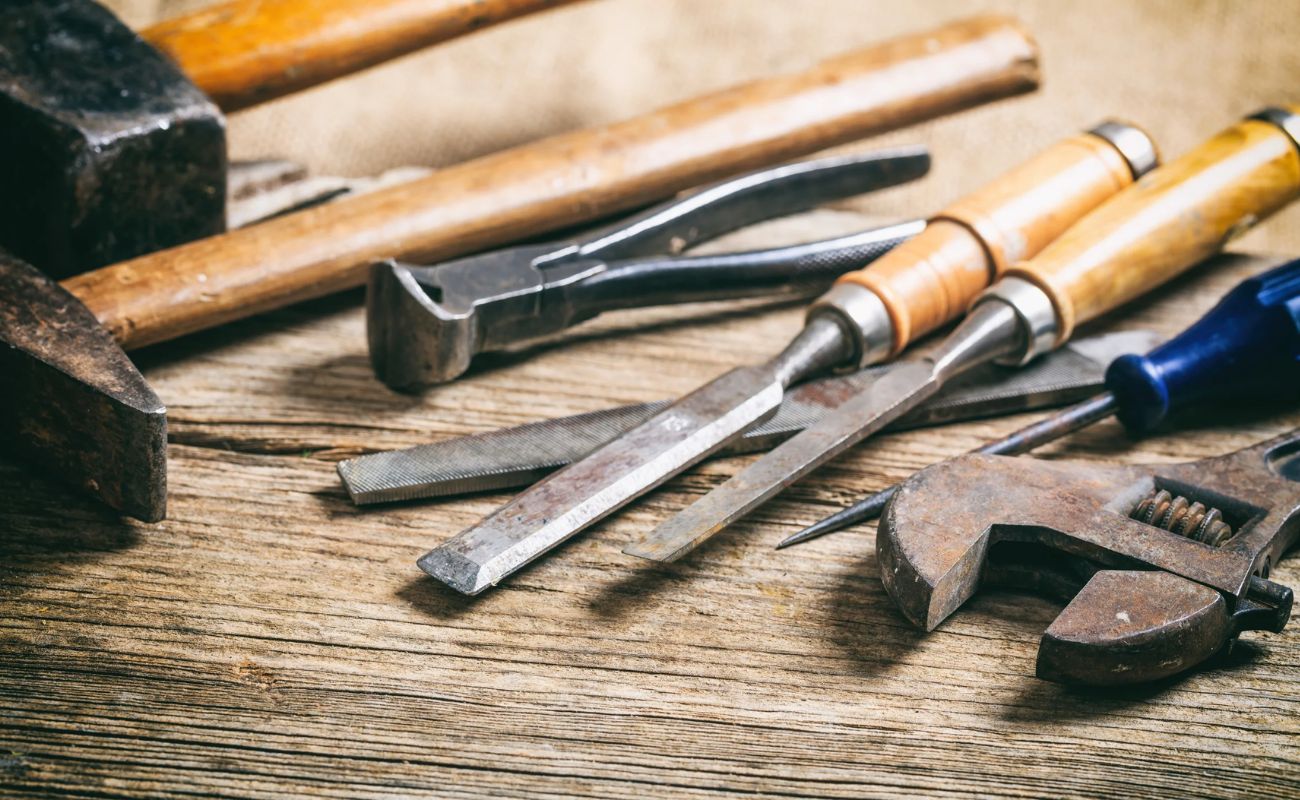
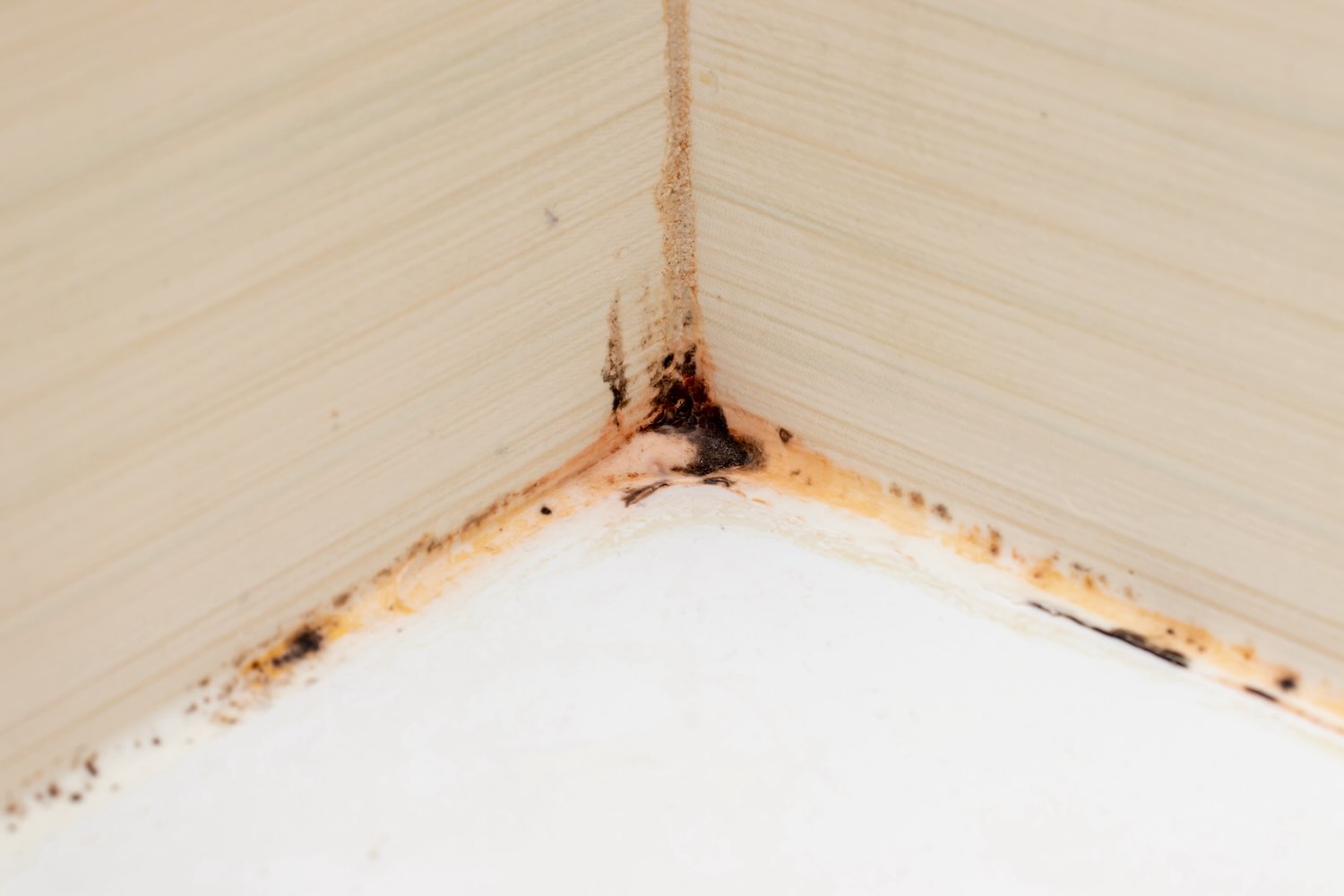

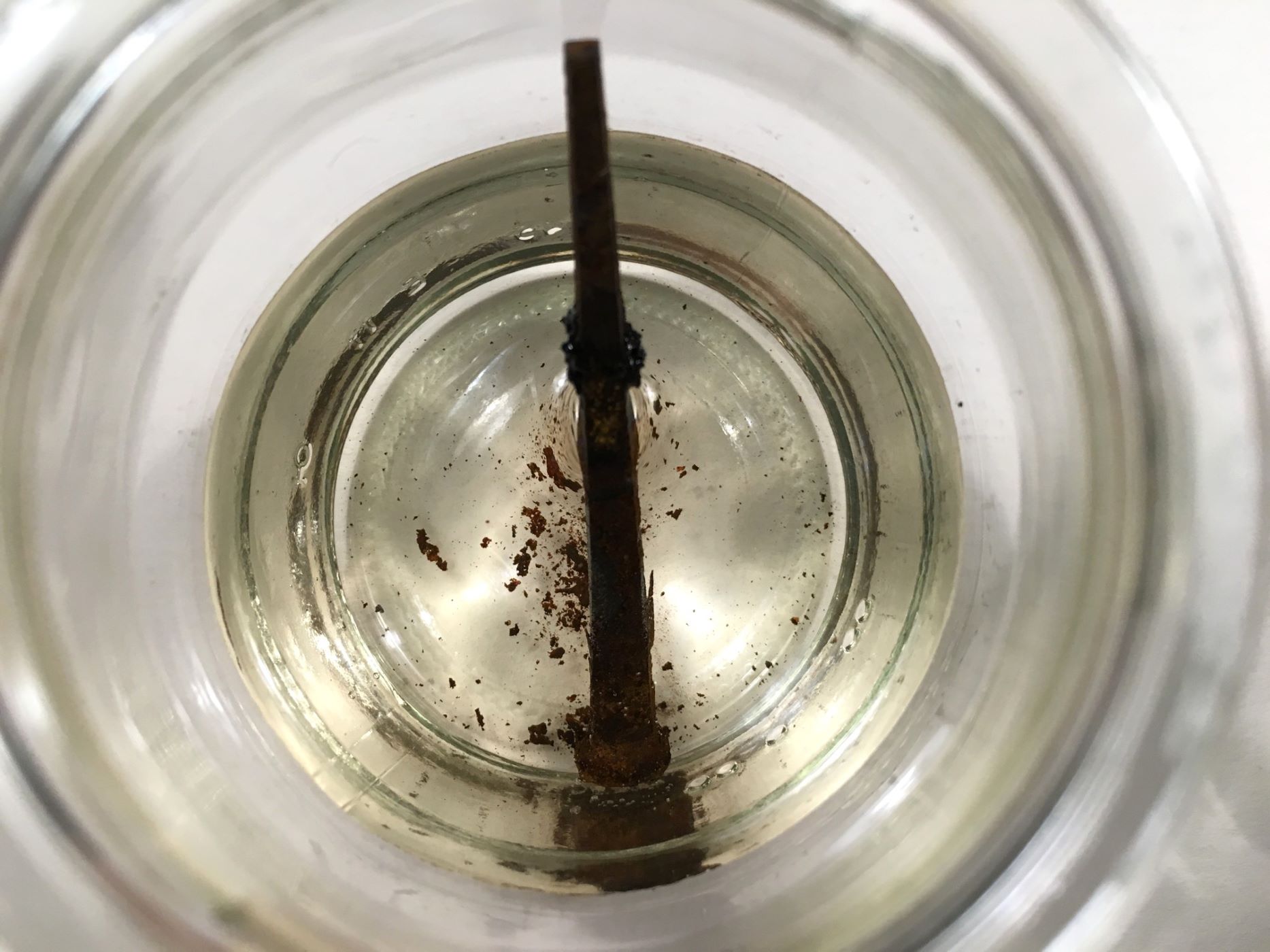
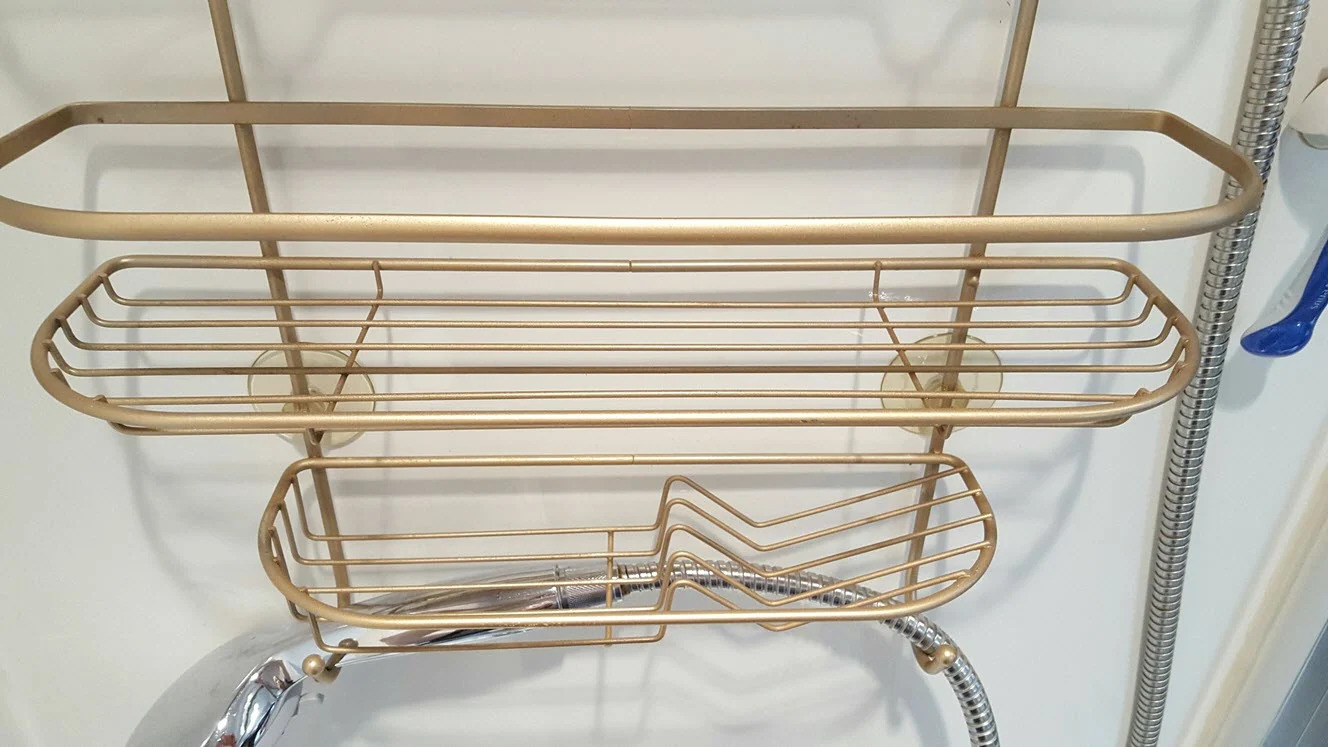
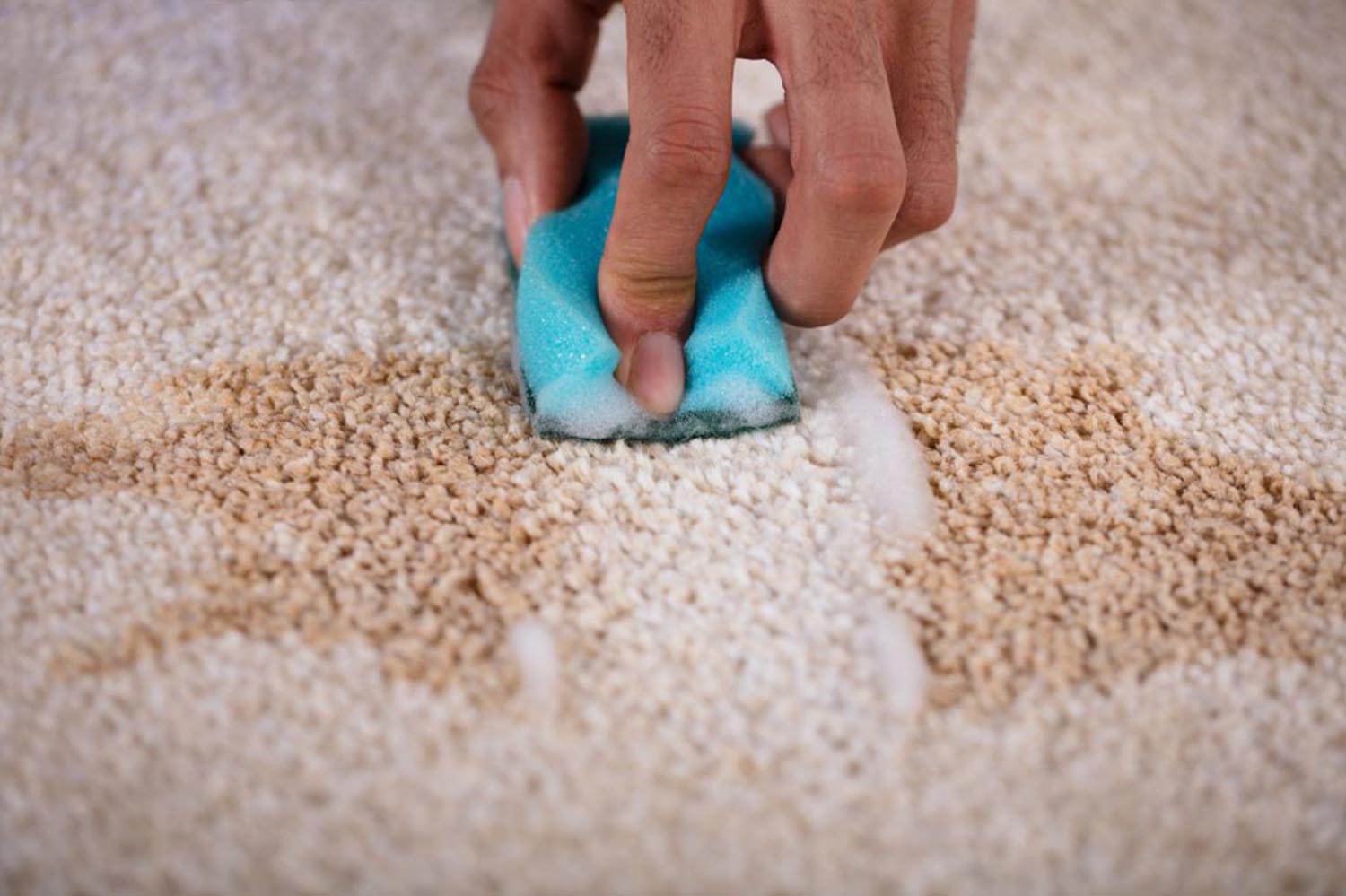
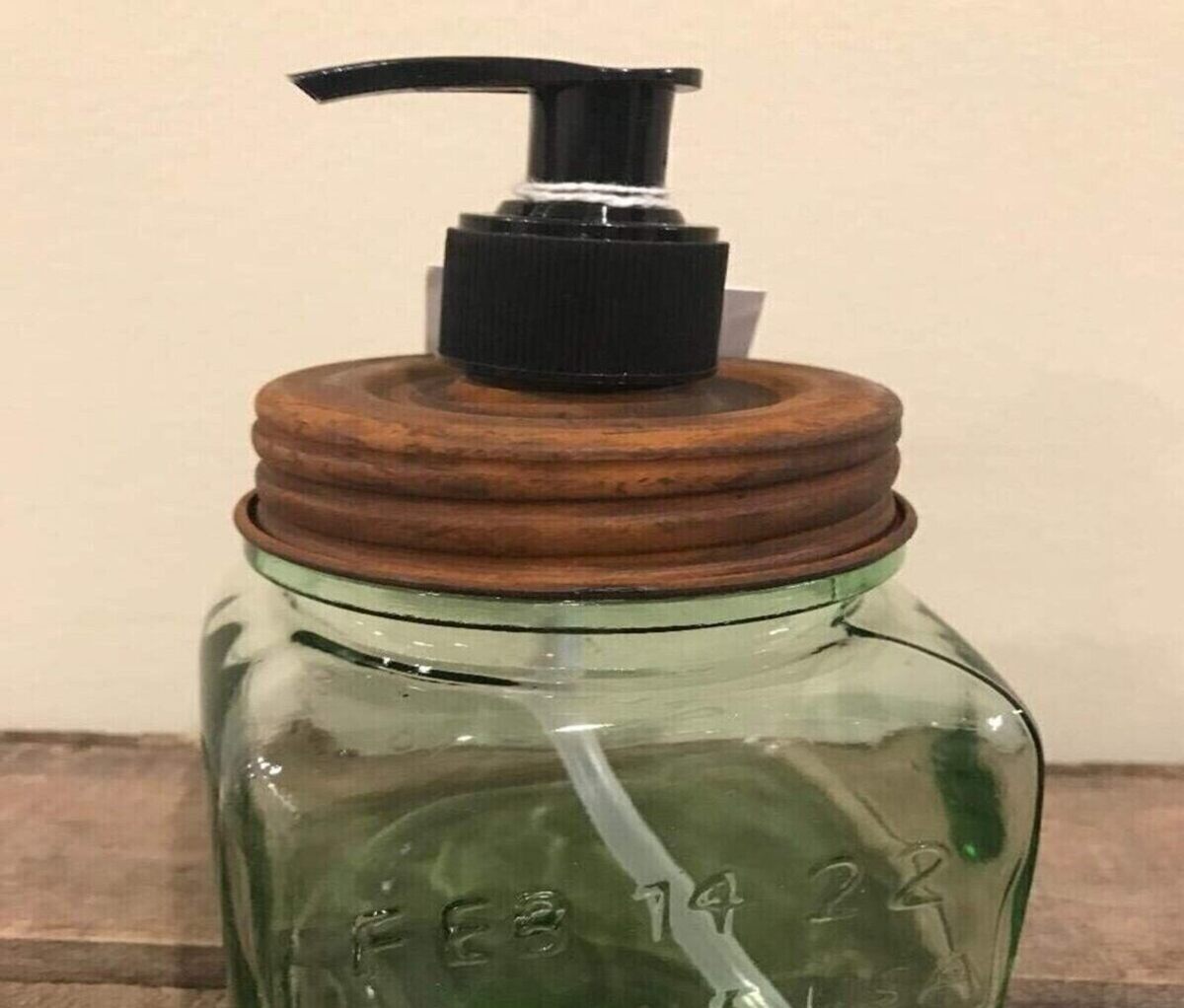
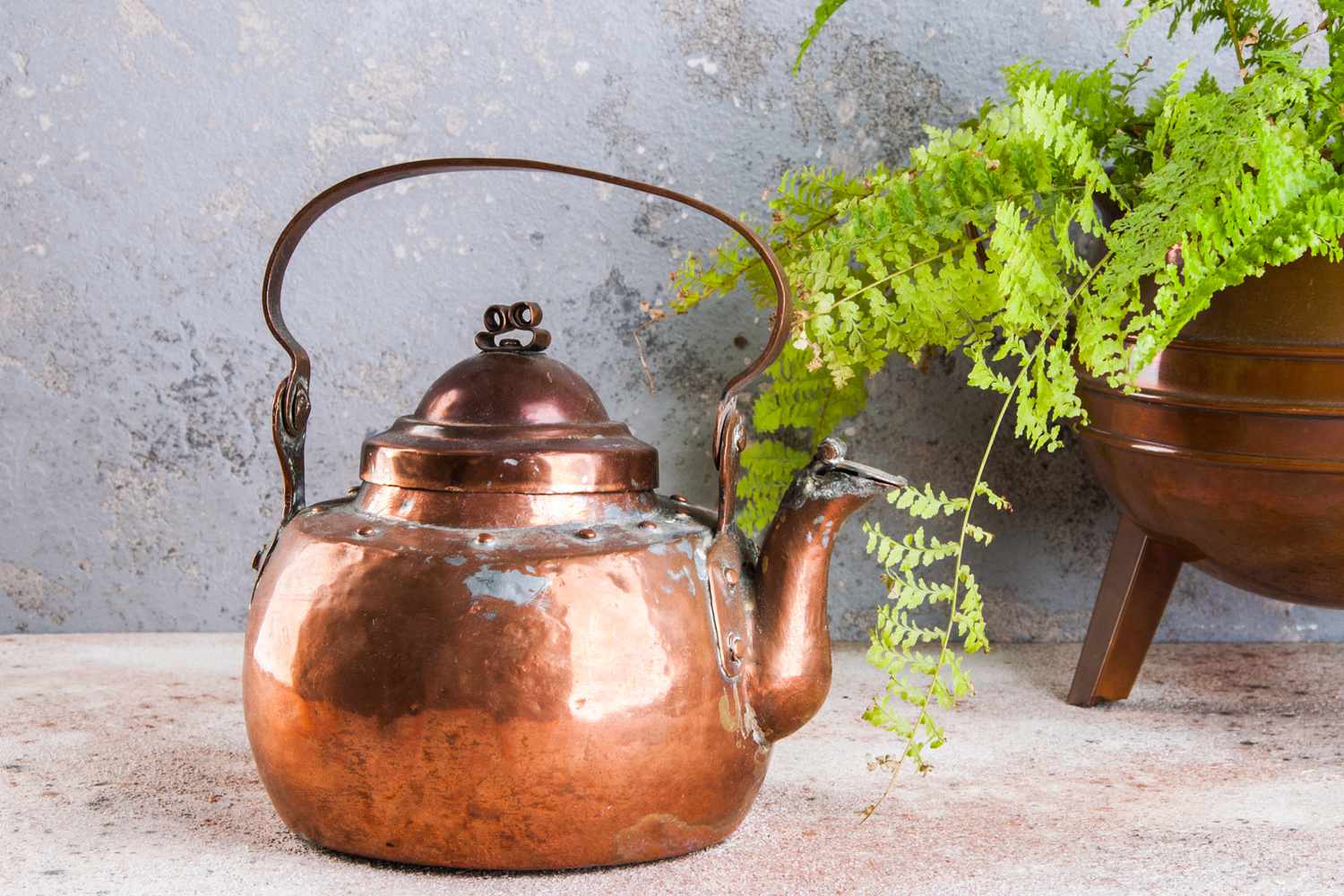
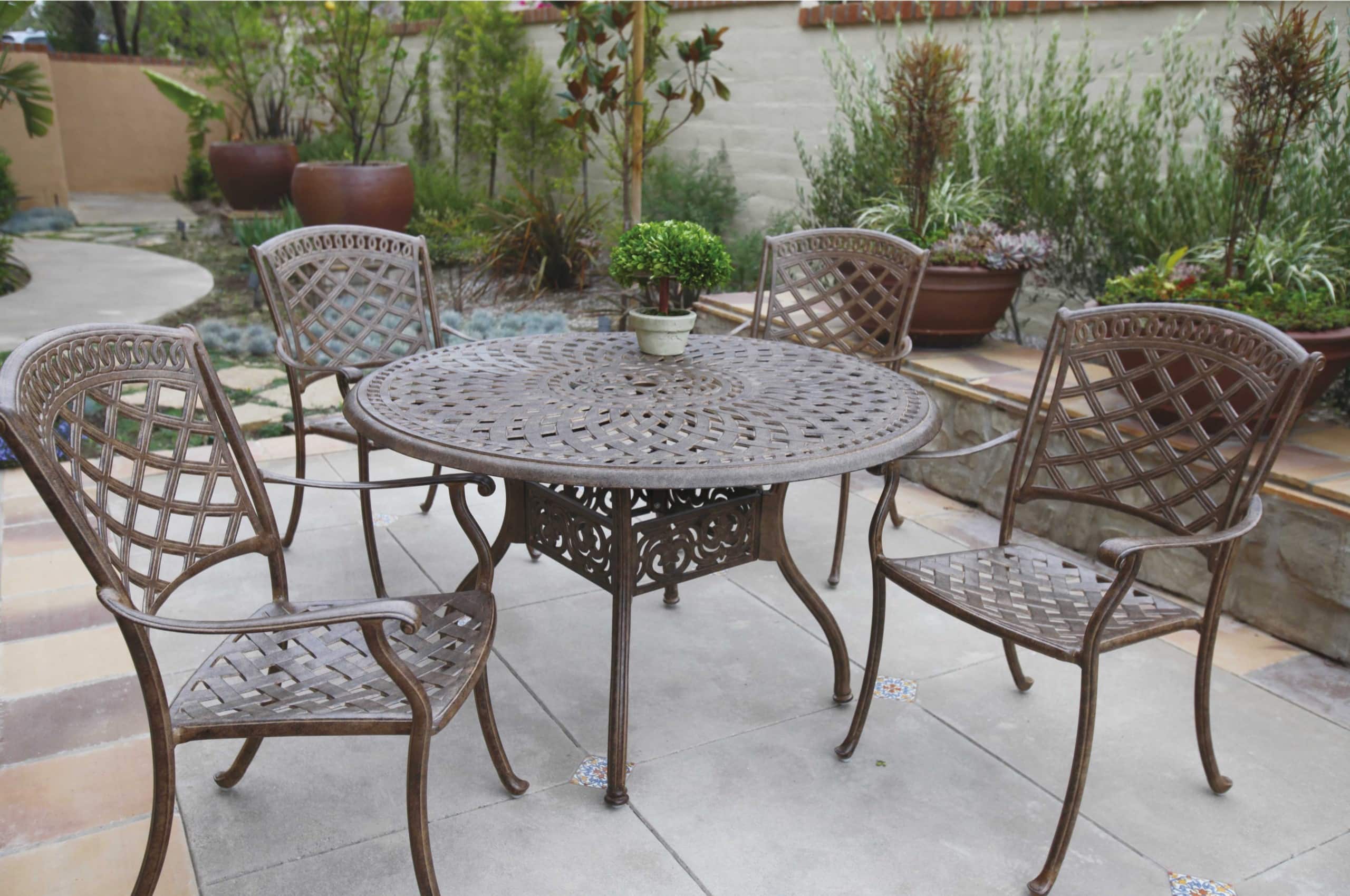
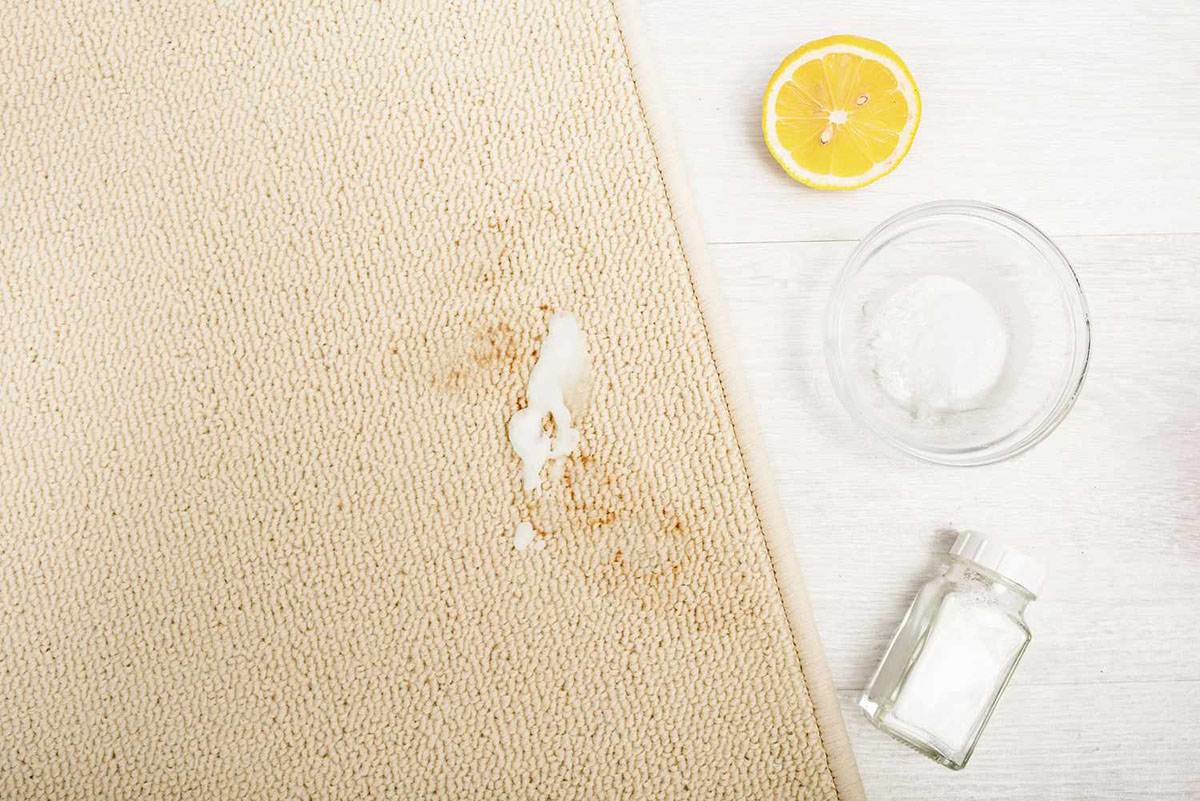
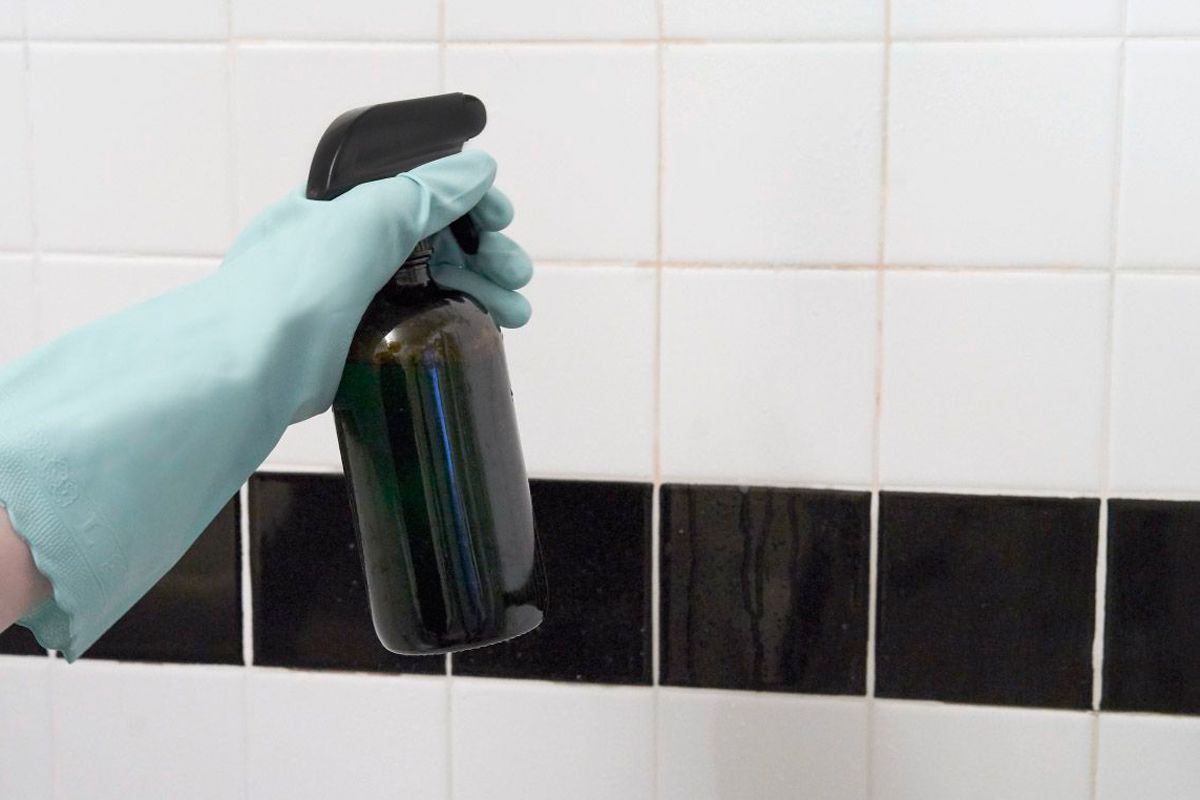
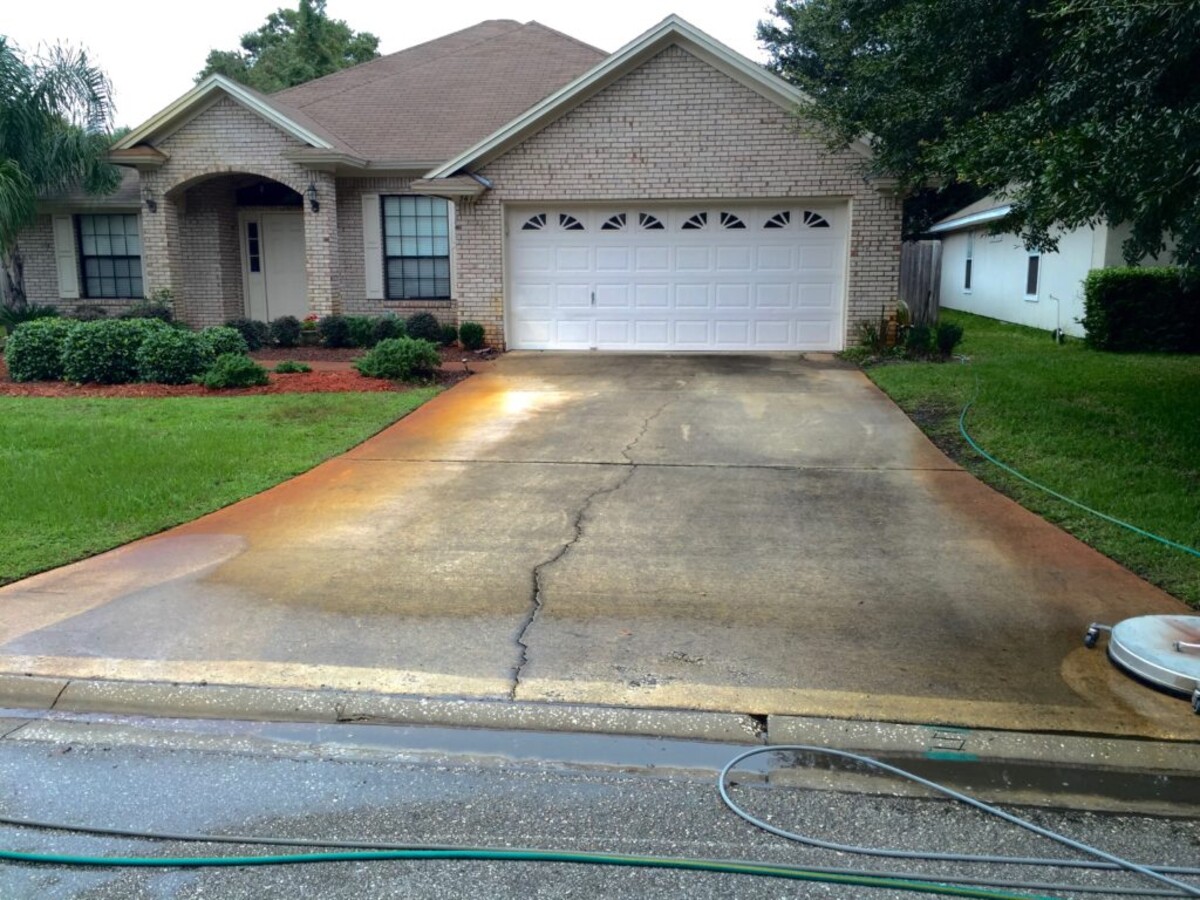
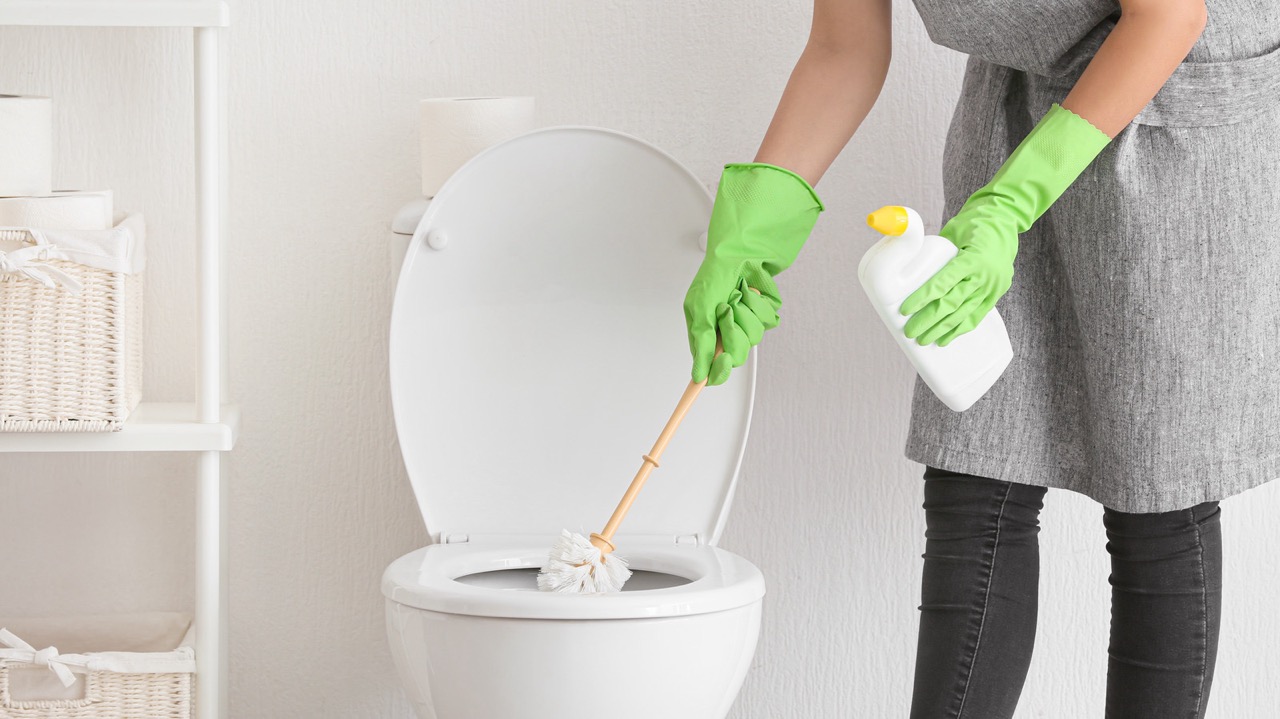
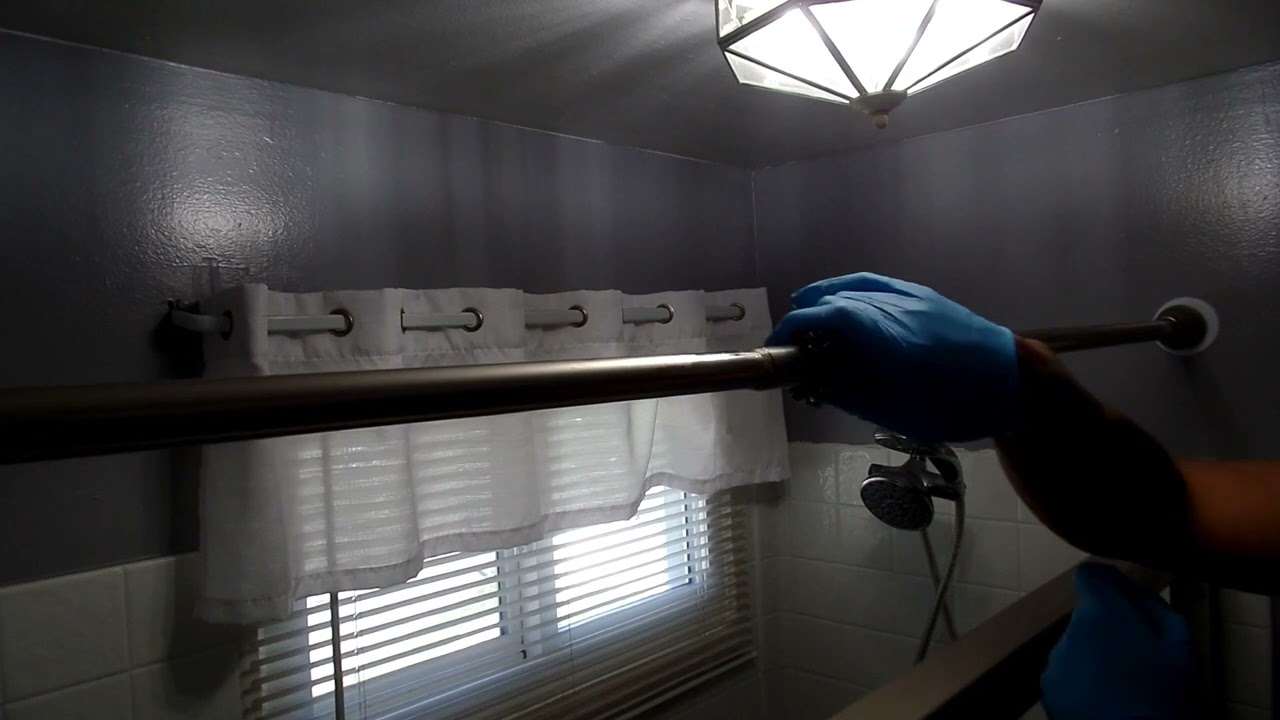

0 thoughts on “How To Remove Rust From Stove Top”